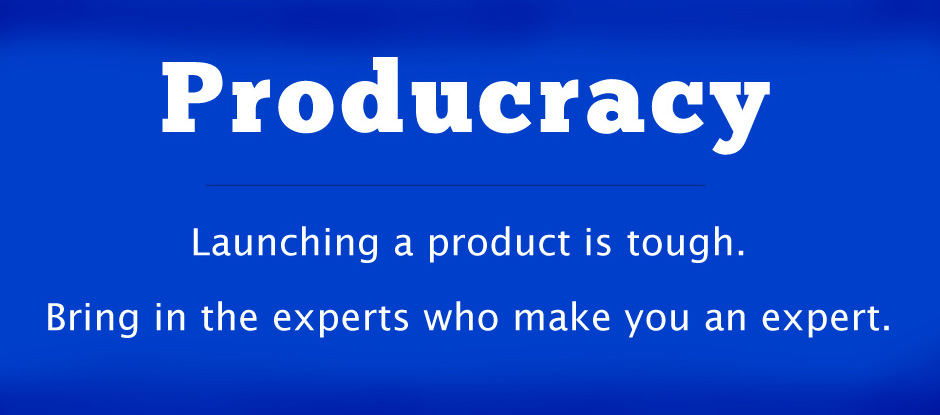How do you coordinate the revision process with a supplier?
What happens when you need to change something about you design?
Maybe a wall needs to be thicker to be more rigid, a moving part needs more clearance to reduce friction, or a simple design tweak will allow for more reliable injection moulding pours.
In my approach, the first step is to really determine if what you need really is a revision or if it is better to start with a new part altogether. If the item is very similar to before, will fit in the same assembly, and really functions the same as well – but has a few modified dimensions – then a new revision is the correct way to accommodate this.
Once you or your designer have made the required modifications, be certain this this is communicated to everyone involved. Rule #1 is to ensure that your manufacturing drawings show the revision number (0, 1, 2, 3 OR 0, A, B, C) AND that the revision number shows up in the drawing file name. There is a section of a title block that specifically shows the revision number of the drawing, this is easily found in the bottom right-hand corner. If your original part filename is “iPhone_cover_top” then the new filename should be “iPhone_cover_top_revA”. If you have a number of different components in your product, then a spreadsheet can be very helpful in keeping track of the revisions for each part, as well as the current revision number that you should be ordering.
Also, make use of the revision table capabilities in your design program. These briefly describes the changes made, who made the changes, who approved the changes, and when the revision was made.
Good examples of a a change requiring a drawings revision are:
- Diameter, depth, quantity, or locations of a hole
- Material property used or material thickness
- Addition of ribs, gussets, or other strengthening features
- Surface finish or manufacturing process required
- Manufacturing tolerances, inspection requirements, or other finished processes required
Be clear with the factory which revision you are ordering
Make it absolutely clear on your purchase orders what you are ordering. In fact, you should refer to the revision number you want manufactured. Lastly, insist on order confirmations from the factory that refer to the revision number ordered.
You may feel you are going overboard or possibly annoying the factory, but don’t worry about it. When dealing with large manufacturing companies, especially in a foreign country, miscommunications happen. If you payed for the products up front, you will have very little luck getting any sort of a refund if an incorrect item is shipped. Imagine having 1000+ units of an obsolete design that may no longer be of use.
Proper revision and drawing control is always an ongoing topic in most manufacturing facilities and is definitely something to discuss with your supplier at some point.
As an example, consider that your product is an iPhone cover. When a new version of the phone comes out, you will naturally modify your design to fit the new phone. Sure you may still sell older versions to people replacing the cover on their existing phone, but the vast majority of your sales will come from the new design. Although this is a good case for using a new part number, miscommunications could still happen if your purchase order says: “1000 units of iPhone cover” instead of “1000 units of iPhone 5S Cover drawing number iPhone_cover_top_5S_revA”.
Bonus revision process tips:
- Whenever possible, have the new revision of the part be backwards compatible with older versions. That is, in an assembly that called for the old revision, try to ensure that the revised component would also fit well and function properly. This does take more thought during the design change process, but will greatly reduce confusion with your warehouse and assembly operations.
- If the part design undergoes drastic changes, you should consider a new part number to remove all confusion. Be sure to note in your drawing that this P/N supersedes the original. Inform your supplier that the original design is obsolete and not to be used for manufacture without specific permission
- Retain old drawings for customer service or future part replacement for used/legacy products
I hope this answered your question: How do you coordinate the revision process? For more tips on running your own physical product business, sign up to our mailing list!





No comments yet.